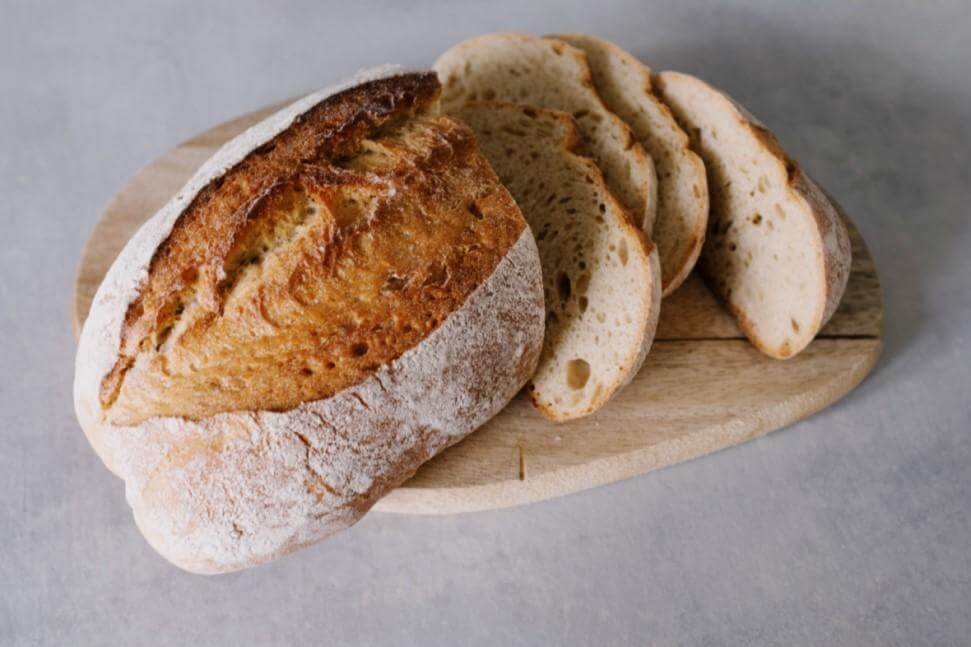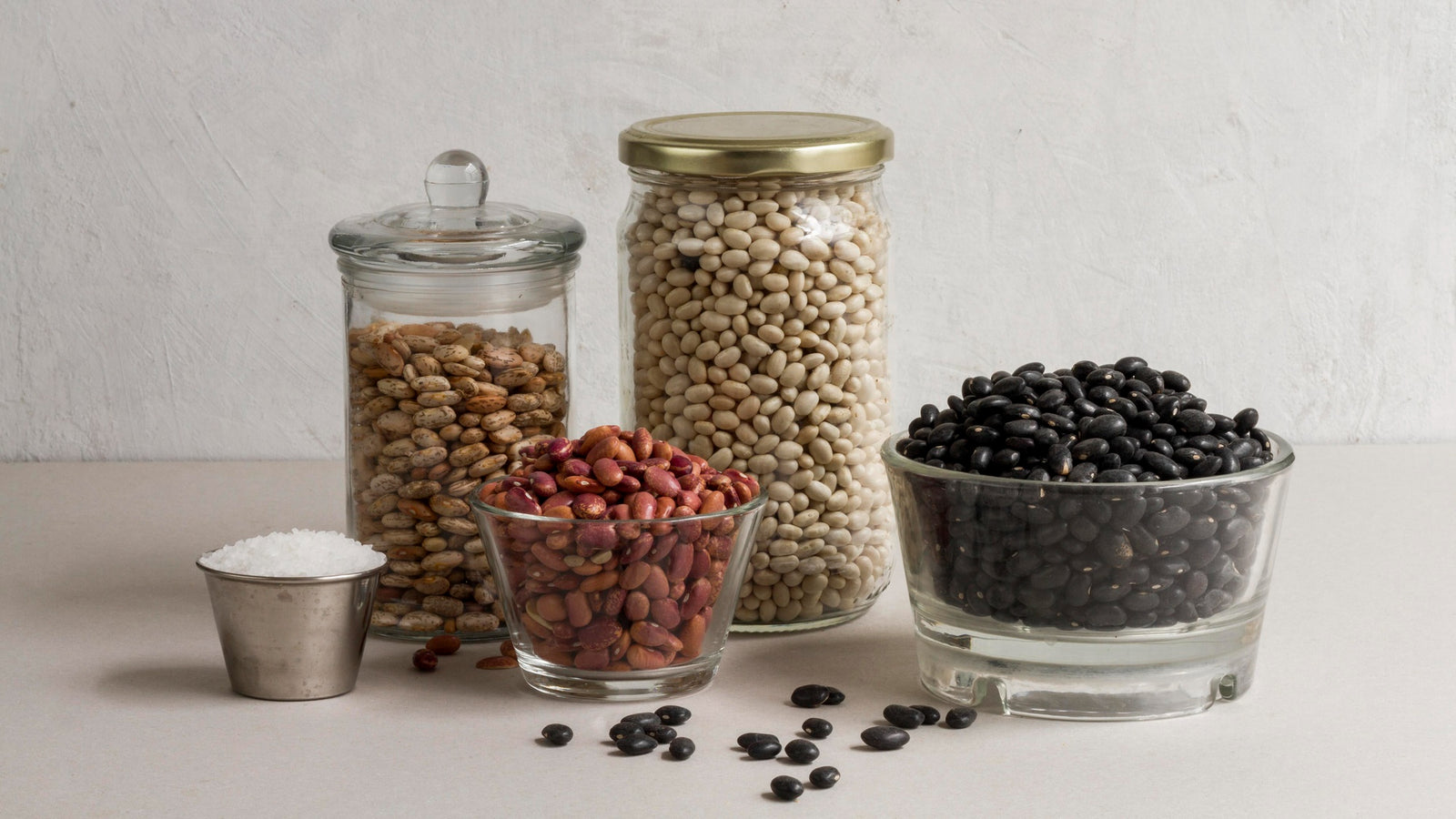
May 12, 2020 1 min read
Many people enjoySourdough for it's delicious and unique taste, but did you know that it also has nutritional differences that set it apart from regular bread?
First, sourdough bread has a relatively lowglycemic index compared with other types of bread, and the acidity that occurs from fermentation can inhibit the effect of phytates in the wheat. Phytates affect the absorption of somedietary minerals and are usually removed from grains through soaking. You can read more about this process in our blog 'Why Soak & Sprout?'
And, sourdough bread made fromwhole grains is so unique that it has even been recommended by some as a key daily food in theItalian Mediterranean diet!
Lastly, the fermentation and lactic acid bacteria which create the 'sour' dough may be useful to improve the quality ofgluten-free and low gluten breads, by enhancing texture, aroma, andshelf life.
So you can see, sourdough is not just another taste sensation, but has some nutritional surprises too!
Recipes:
Related Blogs:
Thanks for reading this Be Still Farms Blog article. To sign up for more news/articles and/or recipes, click here. For more about us, click here. To shop our certified organic products, click here.
Please comment and share and we look forward to serving you in the future!
Comments will be approved before showing up.

April 24, 2024 3 min read
This article explores the unique characteristics and culinary uses of pinto beans, small red beans, and black beans. Highlighting their distinct flavors, textures, and nutritional profiles, the piece delves into how each bean fits into different regional cuisines and cooking methods. From the creamy texture of pinto beans in Mexican dishes to the firmness of small red beans in Caribbean meals and the robustness of black beans in Latin American recipes, this guide offers a comprehensive look at these versatile staples in global kitchens.

April 22, 2024 3 min read
This article traces the journey of organic kasha, also known as toasted buckwheat groats, from its cultivation as a seed to its role in sustainable agriculture and its culinary uses on the dining table. Highlighting the eco-friendly farming practices and nutritional benefits, it delves into how kasha supports both personal health and environmental sustainability. Rich in protein, fiber, and essential nutrients, kasha is celebrated for its unique flavor and versatility in dishes ranging from traditional Eastern European recipes to modern health-conscious meals.

April 17, 2024 3 min read
© 2024 Be Still Farms- Real, Fine Organics.
Privacy | Terms | Refund Policy | Organic Certification
